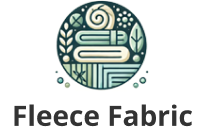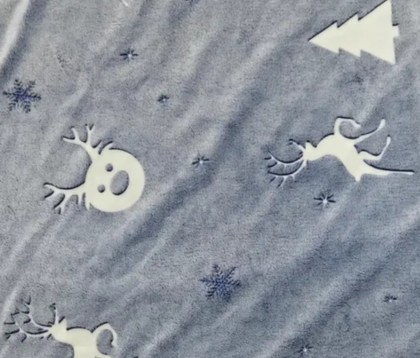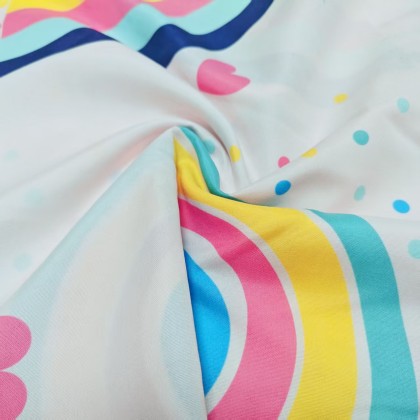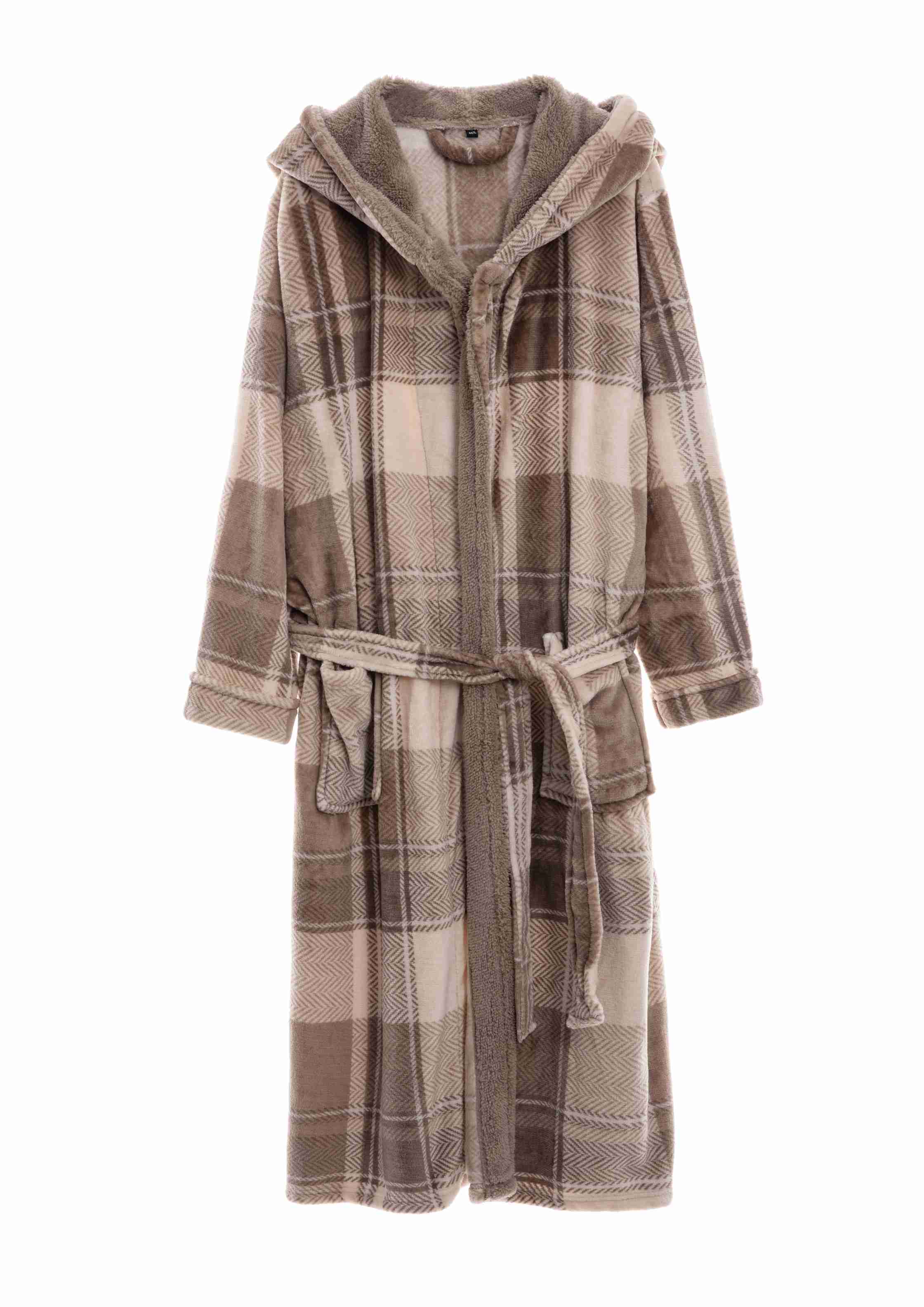Fleece fabric, characterized by its soft, dense pile that resembles the texture of animal fur, has gained immense popularity across various industries due to its luxurious touch and aesthetic appeal. This unique textile offers a blend of comfort, warmth, and style, making it a favorite choice for a wide range of applications. In this article, we will delve into the characteristics, applications, and care tips for fleece fabric in a straightforward and professional manner.
Characteristics of fleece fabric
Texture and Appearance: The defining feature of fleece fabric is its dense, short, and evenly distributed pile. This pile can be either cut or uncut (looped), giving the fabric a velvety or fur-like appearance. The pile can vary in length, density, and texture, creating a diverse range of finishes. The base fabric, typically made from cotton, polyester, or a blend of both, supports the pile and provides structure.
Softness and Comfort: fleece fabric is renowned for its exceptional softness, which makes it ideal for products that come into direct contact with the skin. Its ability to provide a cozy and comforting sensation makes it particularly suitable for bedding, clothing, and toys.
Warmth and Insulation: The pile of fleece fabric traps air, enhancing its thermal insulation properties. This makes it an excellent choice for cold weather clothing and home textiles, such as blankets and throws.
Durability and Wear Resistance: Depending on the fiber content and construction, fleece fabric can vary in durability. High-quality fleece fabrics, often made from a blend of natural and synthetic fibers, offer good wear resistance and can withstand frequent washing and use.
Color and Design Versatility: fleece fabric comes in a myriad of colors, patterns, and designs. This versatility allows for endless creativity in product development, catering to diverse tastes and preferences.
Applications of fleece fabric
Bedding and Home Textiles: fleece fabric is widely used in the production of bedding items such as comforters, pillows, and mattress pads. Its softness and warmth make it ideal for creating a cozy sleeping environment. Additionally, plush throws and blankets add a touch of luxury to living spaces.
Apparel and Accessories: Clothing items made from fleece fabric, such as sweatshirts, robes, and baby clothes, are highly sought after for their comfort and aesthetic appeal. Accessories like scarves, gloves, and hats also benefit from the fabric’s warmth and softness.
Toys and Stuffed Animals: The safety, softness, and durability of fleece fabric make it an excellent choice for toys and stuffed animals. It is often used in the production of children’s toys, providing both fun and comfort.
Automotive Interiors: In the automotive industry, fleece fabric is used to enhance the comfort and luxury of vehicle interiors. Seat covers, floor mats, and headrests made from fleece fabric offer a premium feel and improved tactile experience.
Home Décor: fleece fabric adds a touch of elegance to home décor items such as cushions, rugs, and drapes. Its ability to absorb and diffuse light creates a warm and inviting atmosphere in any living space.
Care Tips for fleece fabric
Cleaning: Always check the care label before cleaning fleece fabric. Most fleece fabrics can be machine washed in cold water with a mild detergent. Avoid using bleach or harsh detergents, as they can damage the fibers.
Drying: fleece fabrics should be air-dried or tumble dried on a low setting to prevent shrinkage and maintain the pile’s appearance. Avoid direct heat, such as from a dryer or iron, as it can damage the fabric.
Brushing: Occasionally brushing the pile of fleece fabric with a soft brush or comb can help restore its original texture and appearance, especially after washing.
Storage: When storing fleece fabric items, ensure they are dry and well-ventilated to prevent mildew and mold growth. Avoid storing in direct sunlight, as it can fade the color.
In conclusion, fleece fabric offers a unique combination of comfort, warmth, and style, making it a versatile material for various applications. By understanding its characteristics, applications, and care tips, one can maximize the potential of this luxurious textile and create beautiful, durable products that cater to the needs and preferences of consumers.




